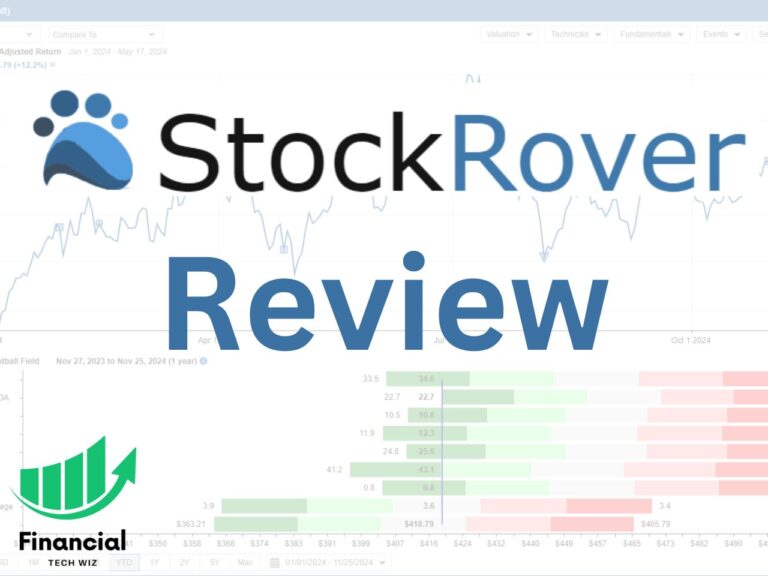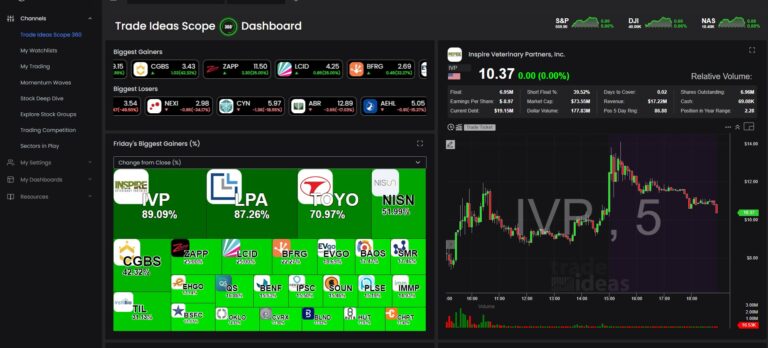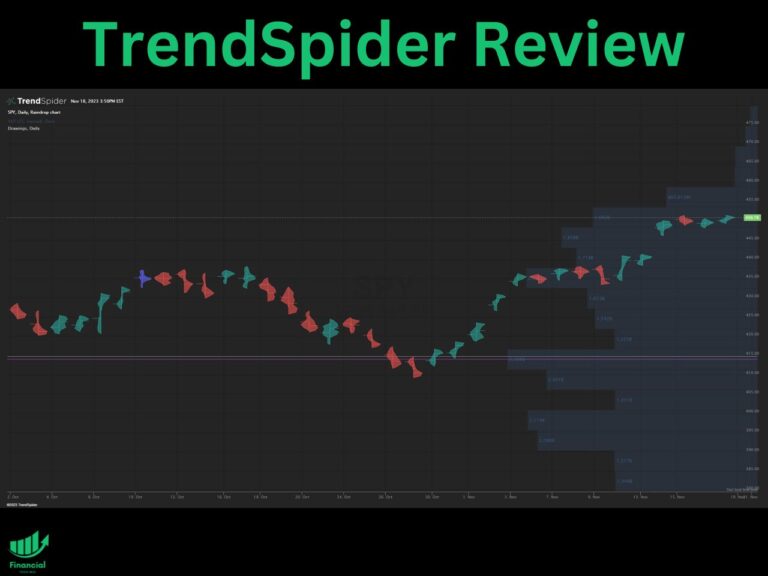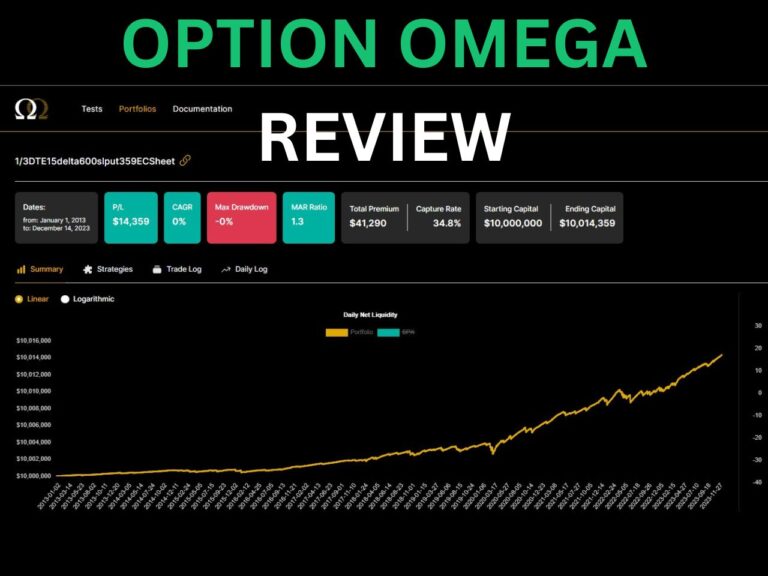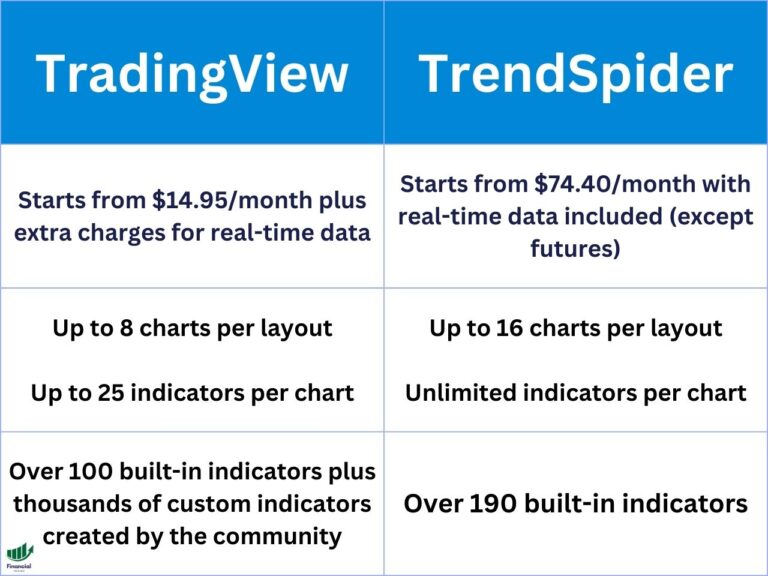What is the Volume of a Stock? In-Depth Analysis
Exploring the Fundamentals of Stock Volume
Stock volume is a vital metric in the world of trading and investing. It refers to the total number of shares of a particular stock that are bought and sold during a specified time frame, often measured on a daily basis.
But what does this mean for traders and investors, and why is volume such a critical indicator in technical analysis? Let’s delve deeper.
What is the Volume of a Stock?
- Defining Volume: Stock volume reflects the total number of transactions (both buying and selling) for a specific stock within a given period. For example, if ten transactions occur for a stock in a day, the daily volume is ten.
- Time Frames: Volume can be measured over different time frames, such as hourly or daily volume. Traders often analyze intraday volume for short-term strategies.
- Liquidity and Execution: Higher volume indicates higher liquidity, which results in better order execution and a more active market for connecting buyers and sellers.
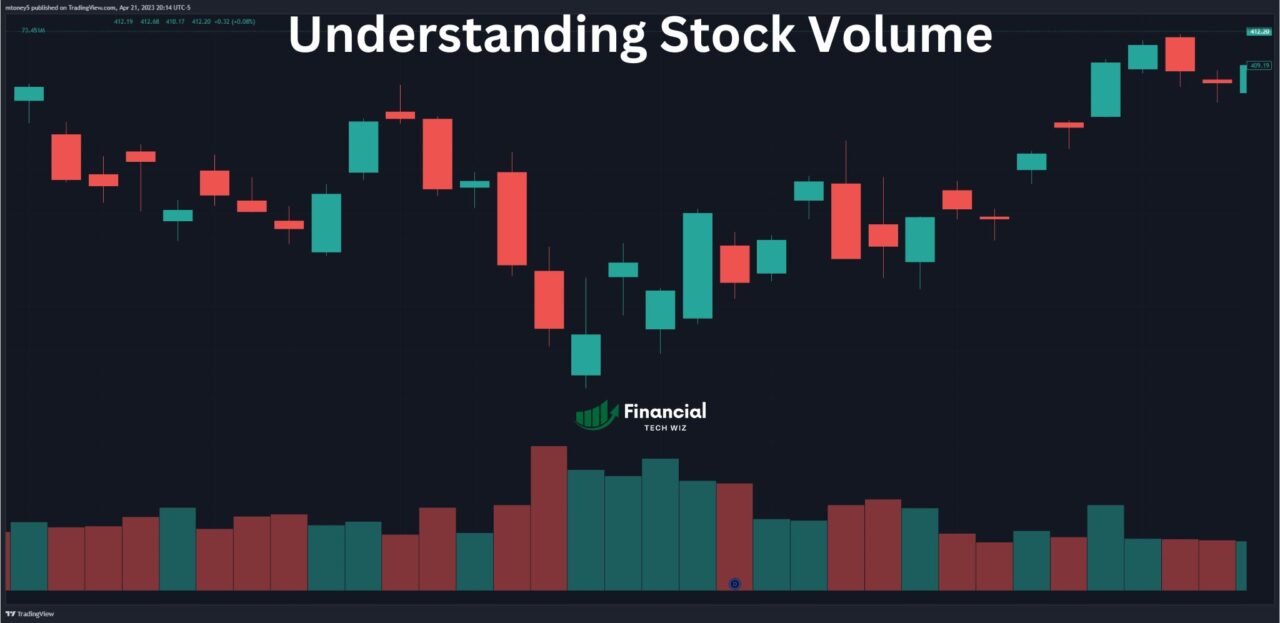
Volume in Technical Analysis
Technical analysts rely on volume as a key component of their decision-making process. Volume provides valuable insights into the relative significance of price movements and potential entry and exit points.
- Price Movement Significance: The higher the volume during a price move, the more significant the move. Conversely, low volume casts doubt on the strength of the move.
- Trend Confirmation: By examining volume trends, analysts use volume to confirm price movements. For instance, increasing volume on an upward price trend is a bullish signal.
Volume Analysis Tools: Volume Profile and VWAP
In addition to basic volume analysis, traders use advanced indicators, such as Volume Profile and VWAP, to read volume in a valuable way.
Discovering Key Support and Resistance Levels with Volume Profile
Volume Profile is a powerful analysis tool that provides a visual representation of volume distribution across different price levels.
- Volume Profile helps identify key support and resistance levels where trading activity is concentrated.
- Learn more about TradingView Volume Profile here.
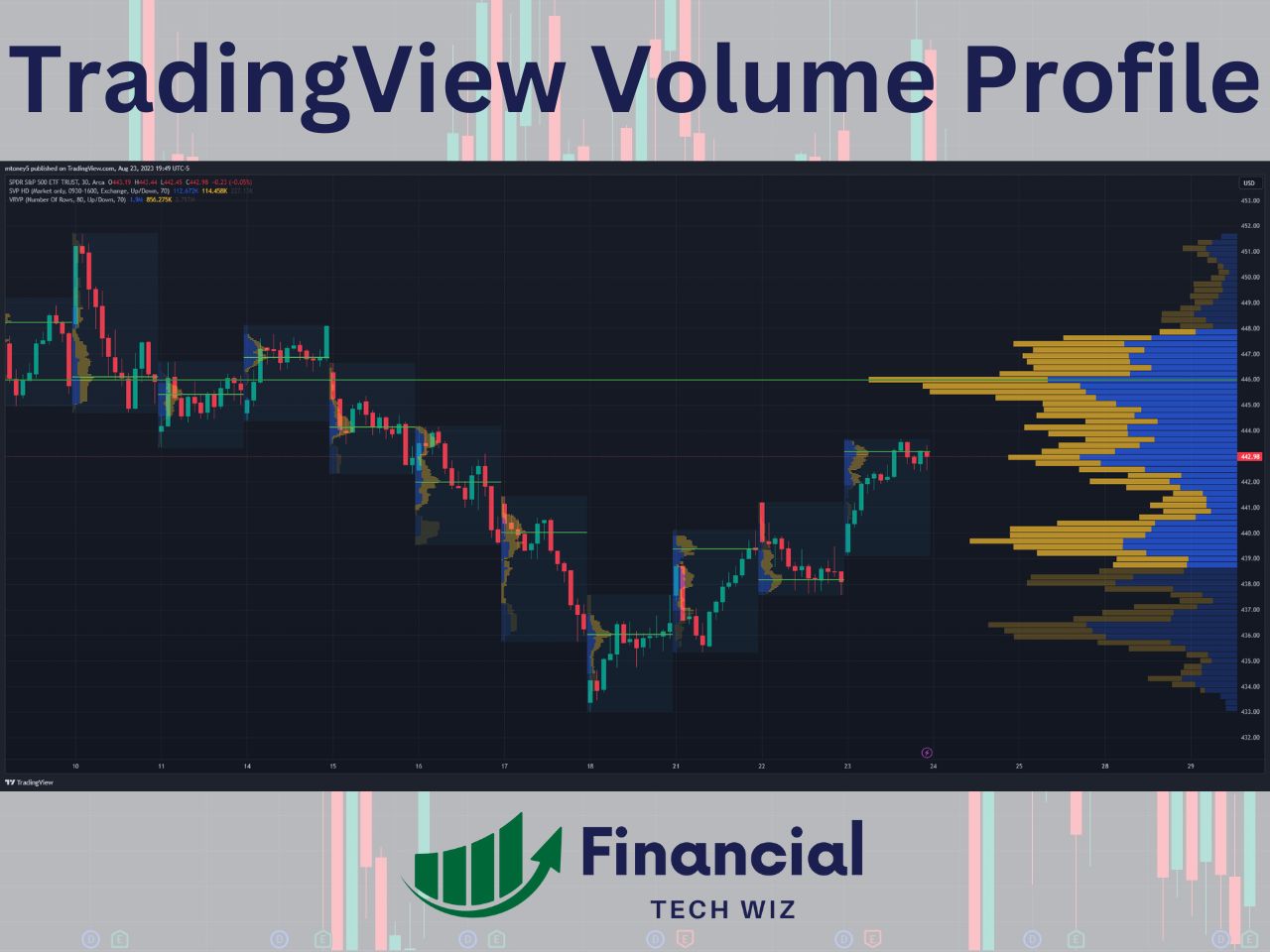
Assessing Fair Value with Volume Weighted Average Price (VWAP)
VWAP is a benchmark indicator that calculates the average price of a stock weighted by volume.
- VWAP offers insights into whether a stock is overvalued or undervalued relative to its average price.
- Explore how traders use VWAP on TradingView here.
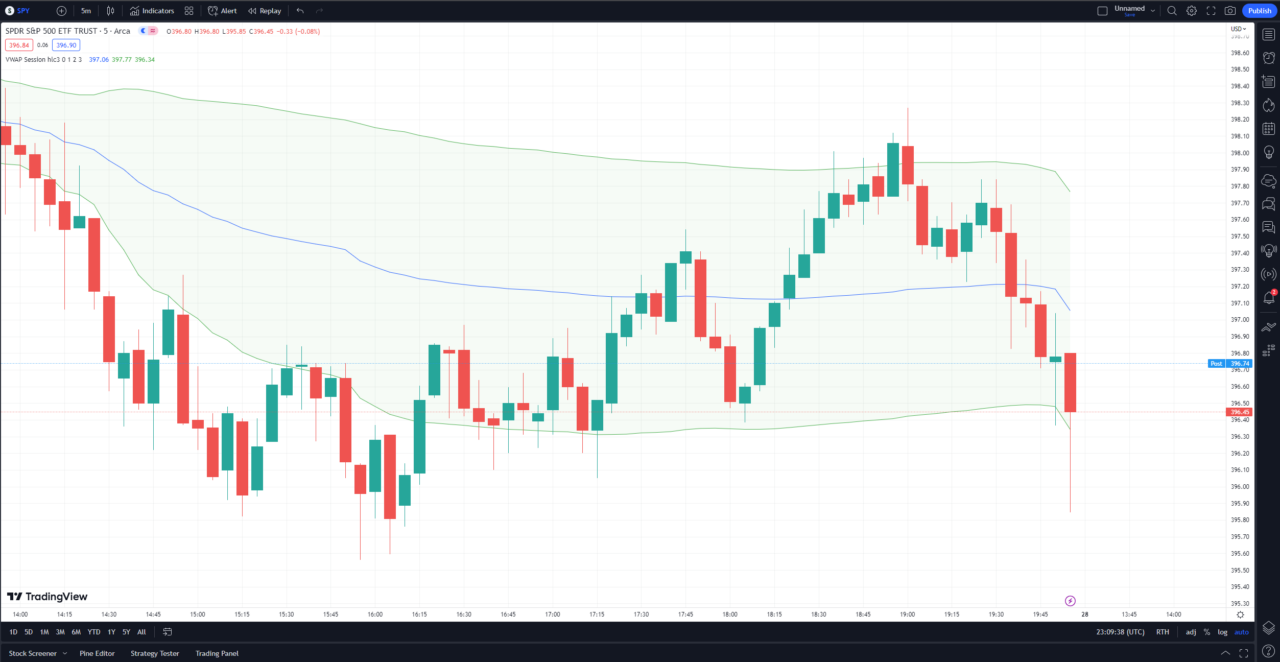
Impact of High-Frequency Trading on Volume Dynamics
High-frequency traders (HFT) and algorithmic trading contribute significantly to trading volume. Passive investors, such as ETFs and index funds, account for a large portion of trading volume, influencing market dynamics.
Making Informed Decisions with Volume Analysis
- Confirming Trends: Use volume to confirm price trends and detect potential reversals.
- Unusual Activity: High spikes in volume may indicate significant news or events affecting the stock.
- Market Sentiment: Volume analysis helps gauge overall market sentiment and investor confidence.

Concluding Thoughts: Maximizing the Potential of Volume Analysis
In summary, volume analysis is a versatile and essential tool for traders and investors. While it offers valuable insights, volume should be used in conjunction with other technical indicators for a holistic approach. By harnessing the power of volume, traders can make more informed decisions and navigate the ever-changing landscape of the financial markets.
Learn how to add volume to your TradingView chart in this article.
This article contains affiliate links I may be compensated for if you click them.
– Free trading journal template
– Custom indicators, watchlists, & scanners
– Access our free trading community

